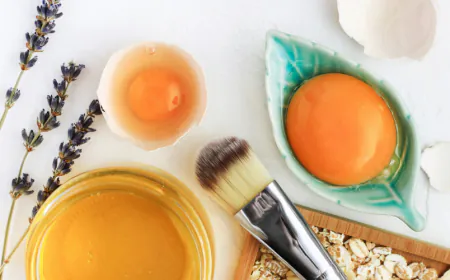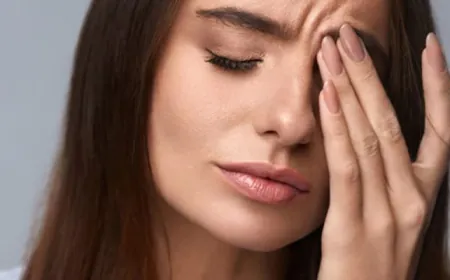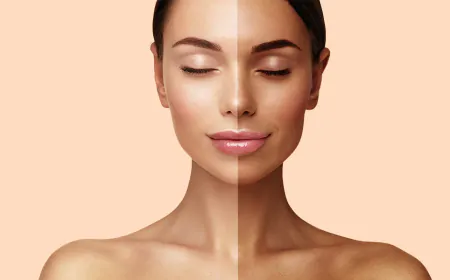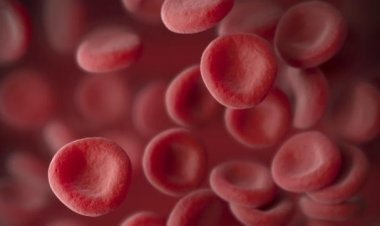Period Pain: What to do and what not to do to get relief from cramps
Period pain remains for one to two days during the menstrual cycle.
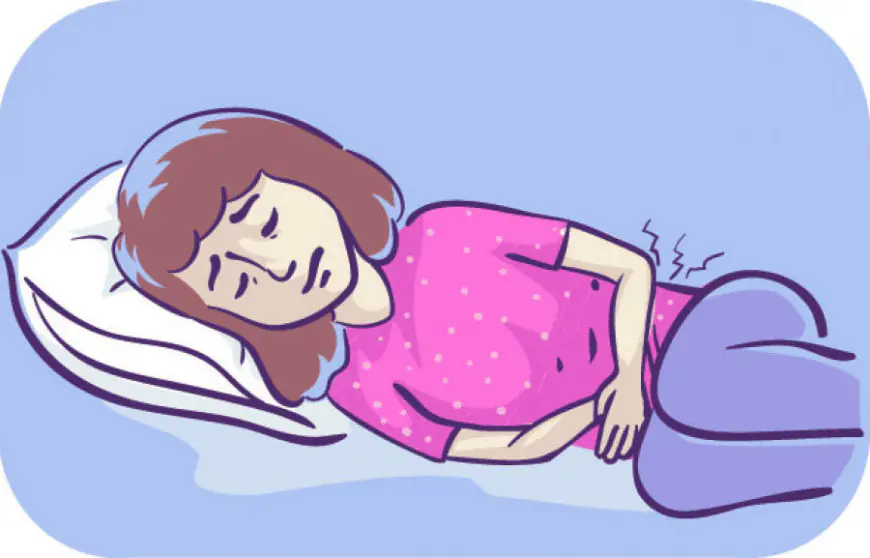
During the menstrual cycle, cramps and pain are quite common. During their cycle, more than half of all menstruators suffer period pain for one to two days. These cramps typically start at the beginning of your menstrual period.
The gynaecologist explained the starting point of these cramps by saying, "During menstruation, the thickened endometrium—the lining of the uterus—sheds away." Menstrual cramps are brought on by particular hormone-like substances known as prostaglandins, which are also responsible for uterine contractions, discomfort, inflammation, and pain.
A gynaecologist went on to say that while every woman going through her period experiences a certain amount of discomfort, if the sensations are more severe, it could be because of an excess of prostaglandins, which can cause conditions like fibroids, endometriosis, or ovarian cysts.
According to gynaecologists, there are some dos and don'ts when it comes to taking painkillers for menstrual pain.
Painkillers are generally safe to take for the pain, but you should consult with your gynaecologist first.
However, nonsteroidal anti-inflammatory medications (NSAIDs), such as ibuprofen and mefenamic acid, can be used for mild to severe pain.
However, there's a specific amount that needs to be consumed. Mefenamic acid and ibuprofen. You can only take one or two tablets in an eight-hour period.
Furthermore, because these NSAIDs might cause stomach problems, specialists recommend only taking them after a complete meal.
Consuming more than the recommended amount might have a number of negative effects. The excessive use may increase symptoms of nausea and vomiting, which are already present in premenstrual syndrome.
In addition, stomach pain, heartburn, constipation, and elevated blood pressure may result from it.
The following natural therapies can be used in place of painkillers:
- Always stay hydrated.
- Prevent excessive bloating.
- Eat foods that have high antioxidants, such as walnuts, almonds, pineapples, tomatoes, berries, and green leafy vegetables.
- Warm up the lower abdomen area.
For Latest News update Subscribe to Sangri Today's Broadcast channels on Google News | Telegram | WhatsApp





































.jpeg)






